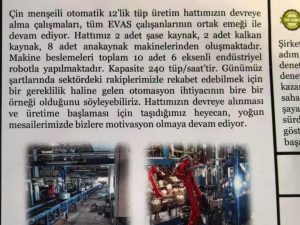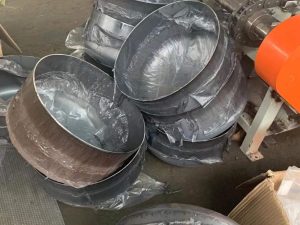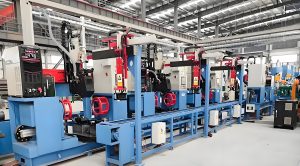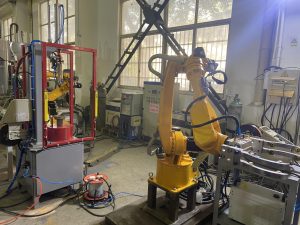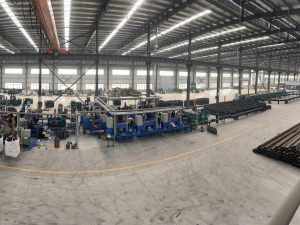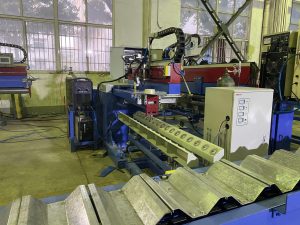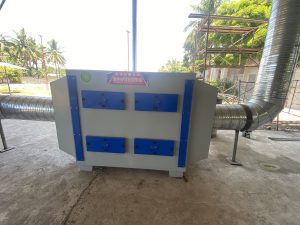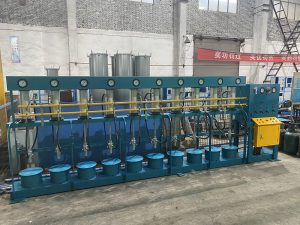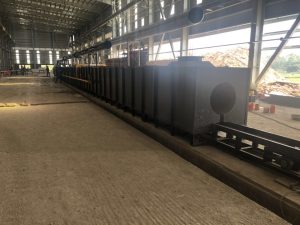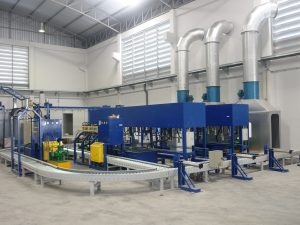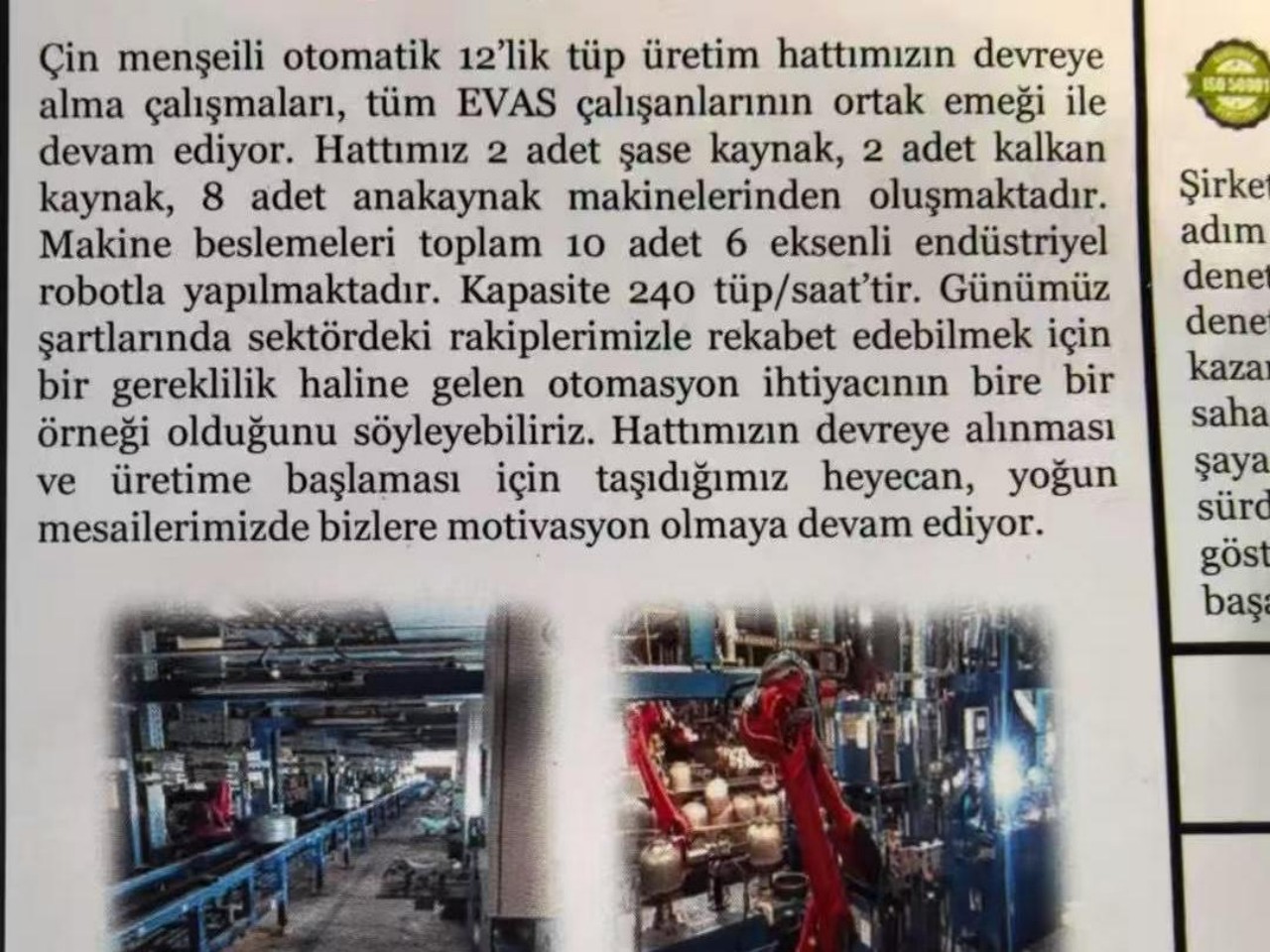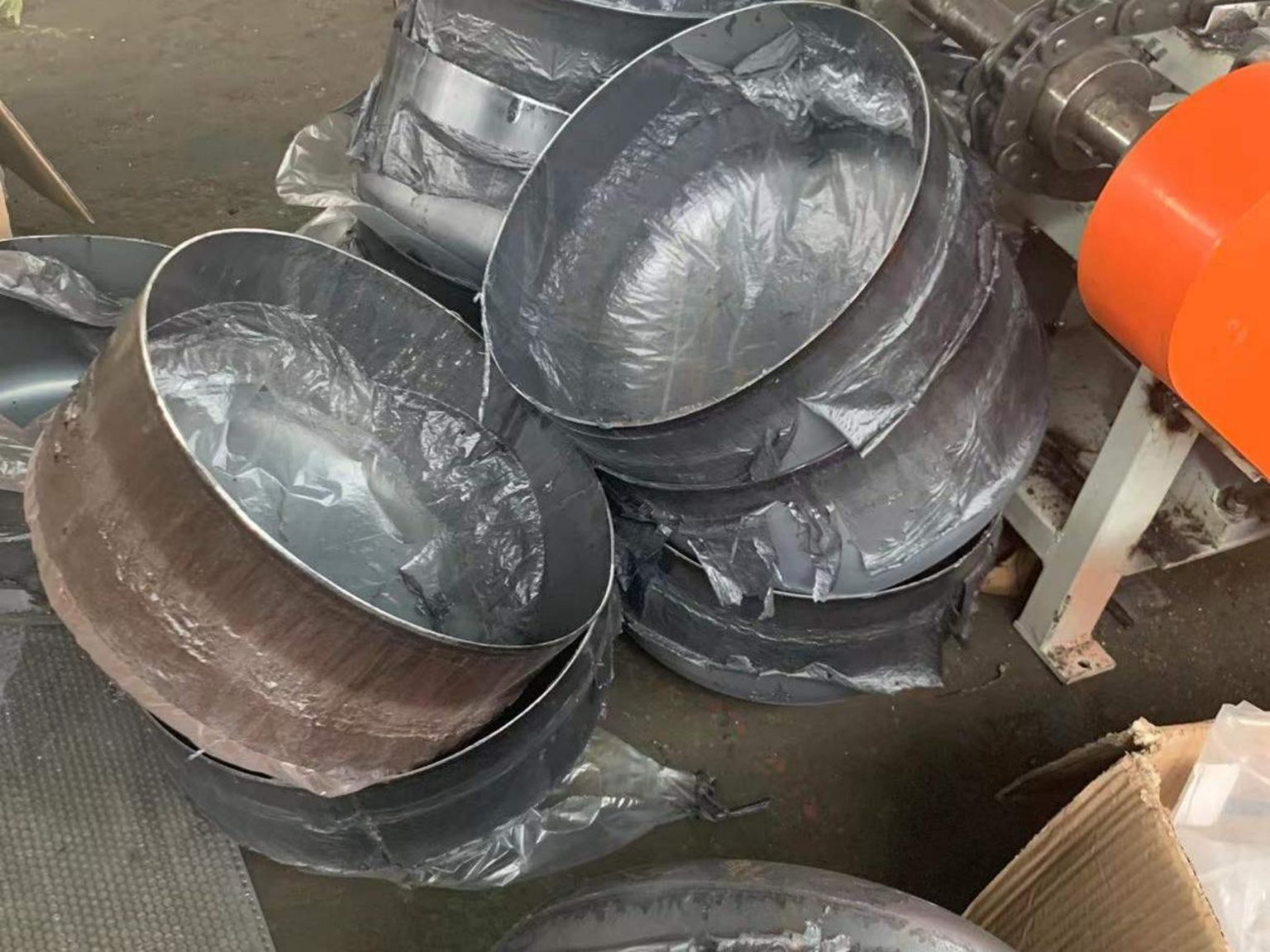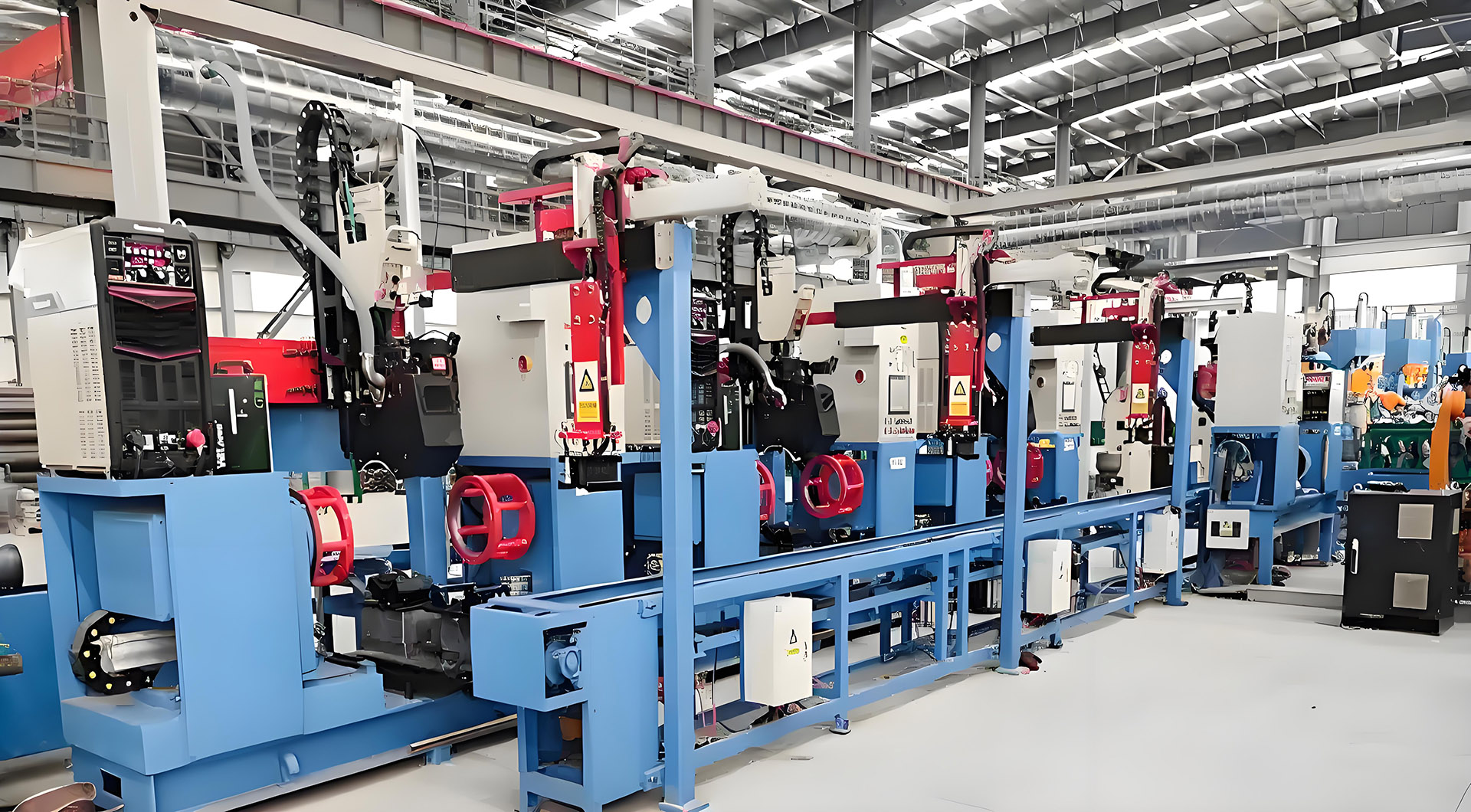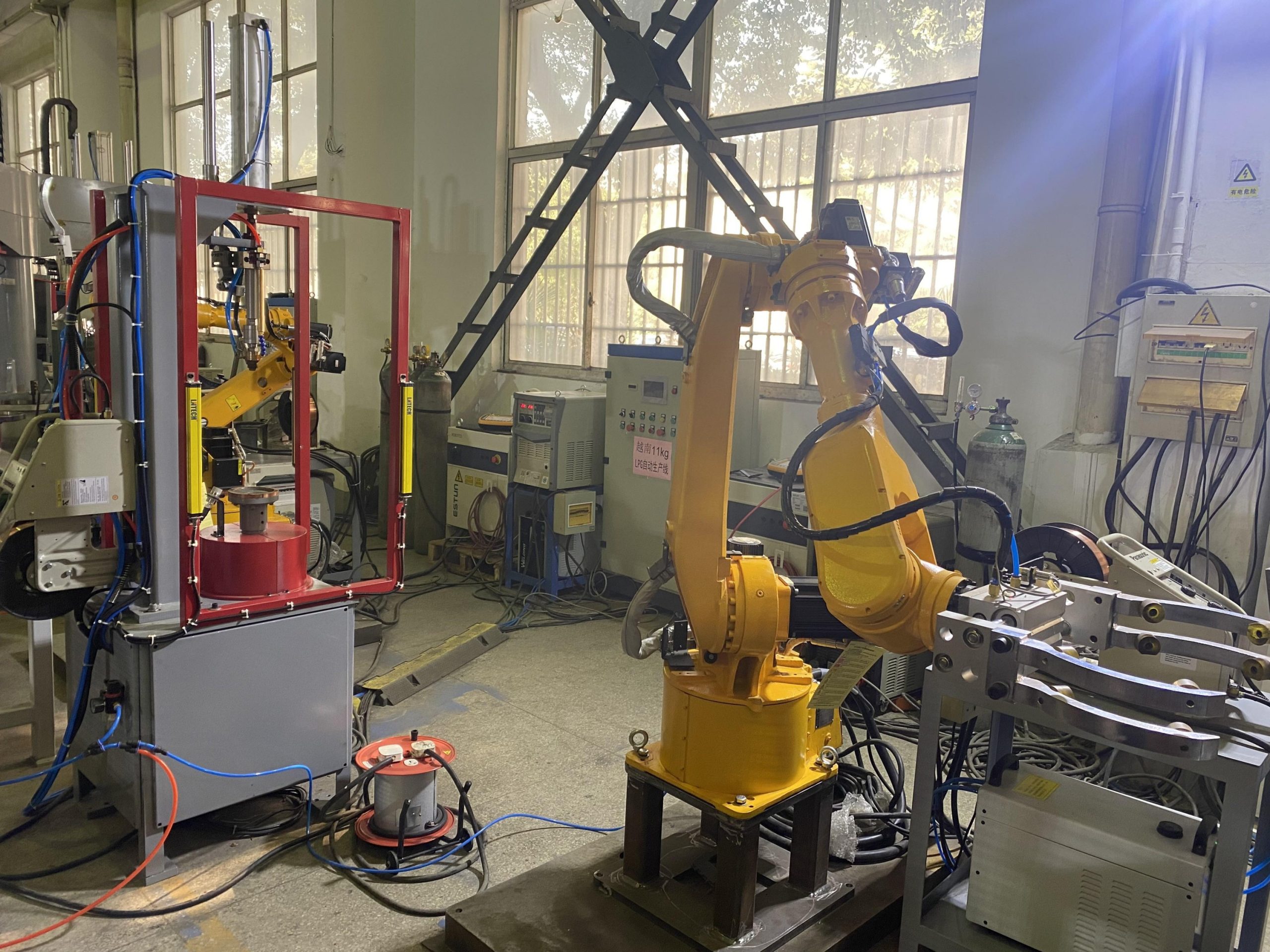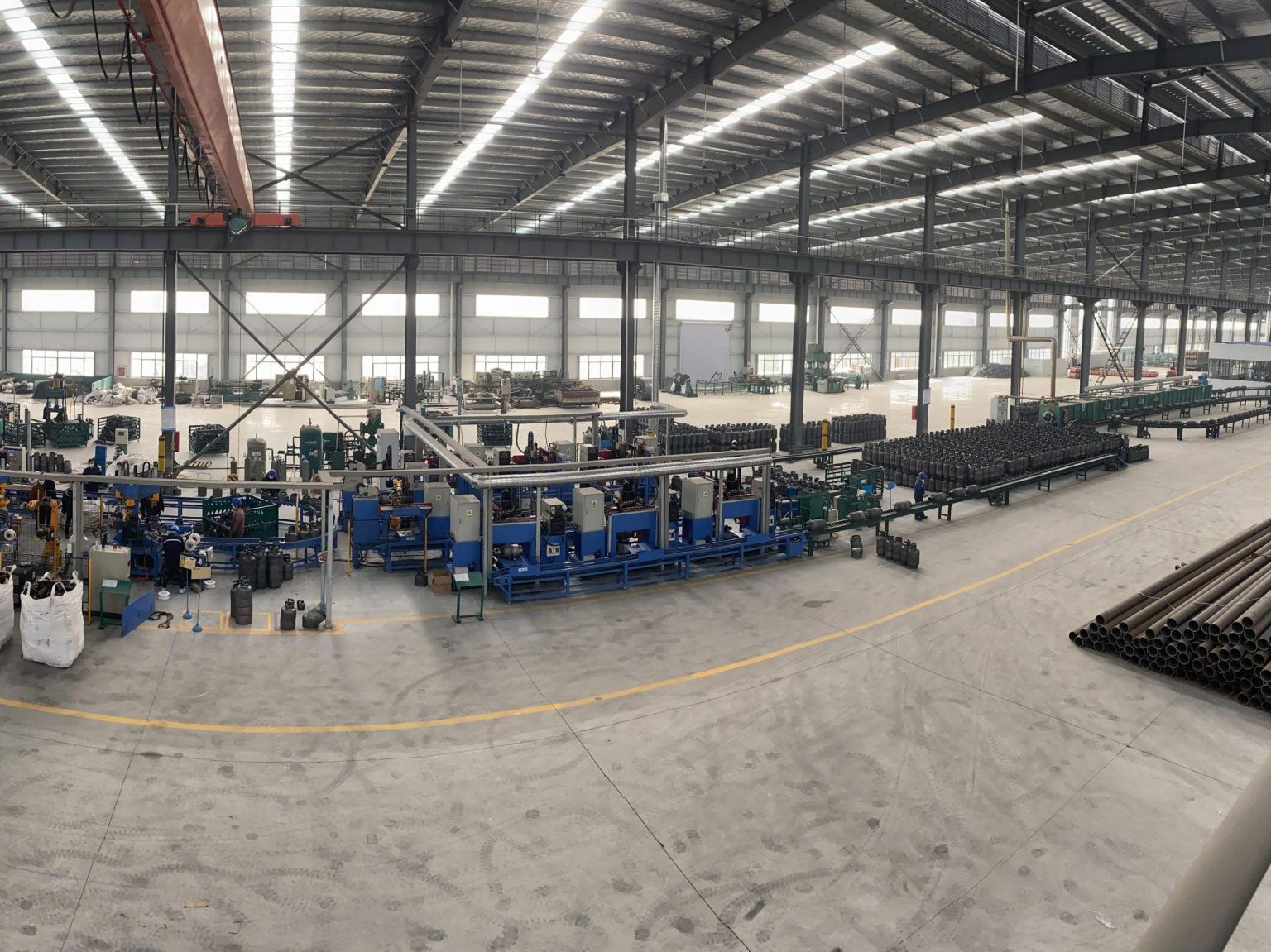For high-risk special equipment such as liquefied gas cylinders (LPG cylinders as bellow), fully automated production lines are not only efficiency tools, but also the core means to ensure product safety and comply with industry regulations. With the popularization of Industry 4.0 technologies (such as 5G remote monitoring and AI quality diagnosis), the advantages of fully automated production lines will be further extended to full life cycle management, becoming an inevitable trend for industry upgrades.
The core advantages of fully automated production lines
| Comparison dimensions | Fully automated production line | Semi-automated production line |
| Productivity efficiency | 24-hour continuous production, 50%~100% increase in production capacity | Many manual interventions, large fluctuations in production capacity, short effective production time |
| Safety risk | 90% reduction in dangerous processes involving manual contact, rapid response to intelligent alarms | Many hidden dangers in manual operation, high risk of accidents |
| Quality consistency | Defective rate ≤0.1%, full-process non-destructive testing | Defective rate 1%~3%, relying on manual experience |
| Cost return | Equipment investment will be recovered in 3~5 years, saving $300k~800k per year | High labor costs, scrap rate leads to hidden losses |
| Flexibility and intelligence | Quick model change, integrated data management, adapting to market changes | Difficult to change models, difficult to meet the needs of intelligent production |
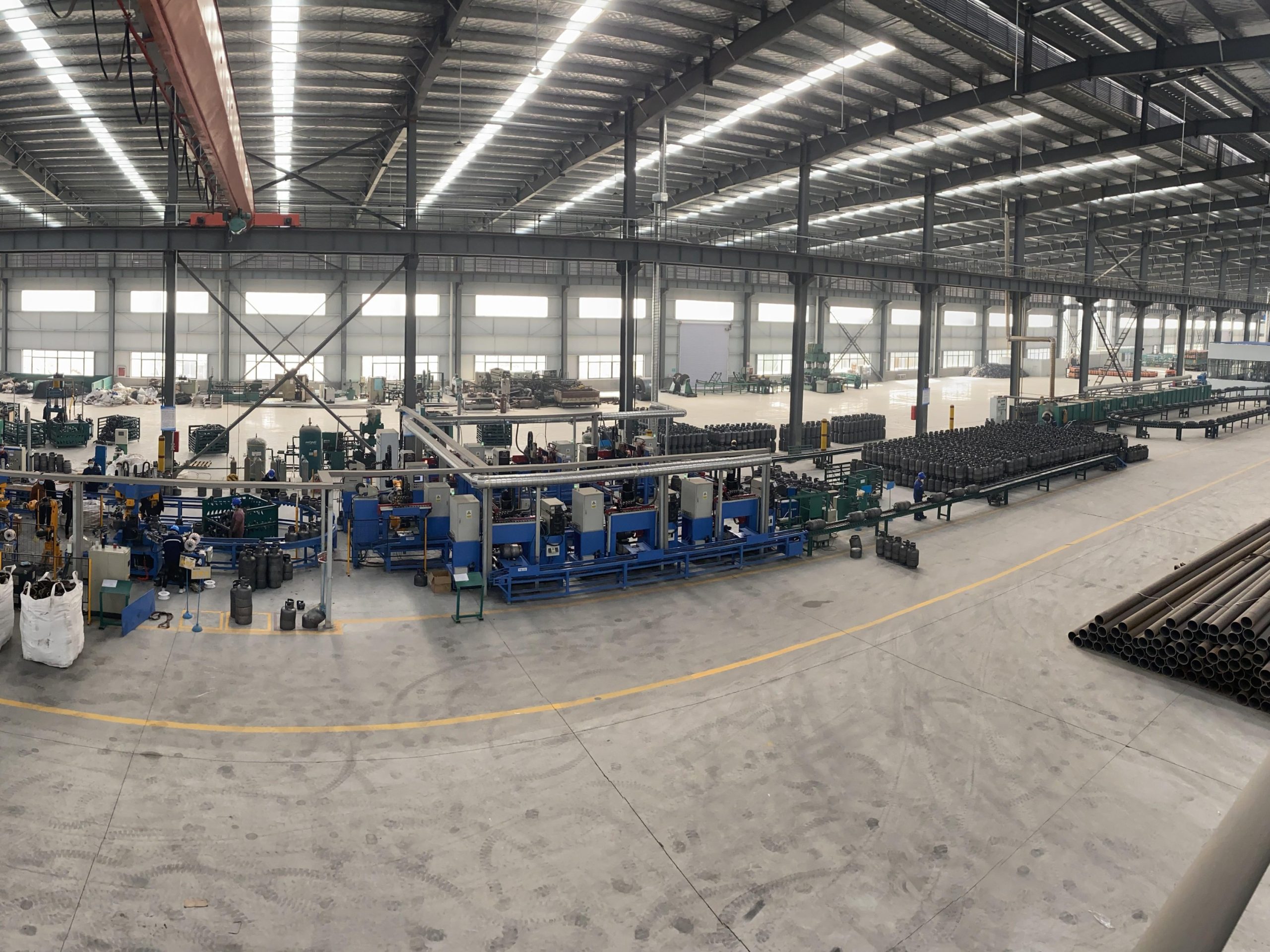
Six Dimensions of the Full Production Line Advantage:
1. Production efficiency: continuous operation and capacity breakthrough
Fully automated production line
Able for 24-hour continuous production: Through the coordinated operation of automated equipment such as servo motors, robotic arms, conveyor belts, etc., uninterrupted production can be achieved (only regular maintenance is required), and the capacity is increased by 50%~100% compared with semi-automation. For example: the semi-automatic production line produces 50 gas cylinders per hour, and the fully automated production line can reach 100~120.
Smooth process connection: The entire process from steel plate unloading, coiling, welding, flaw detection, painting to testing is automatically completed by the equipment, avoiding the waiting time of manual operation (such as material handling, process switching), and shortening the production cycle by more than 40%.
Quick changeover capability: Through PLC program setting and automatic mold switching, the production switching of gas cylinders of different specifications (such as 5kg, 15kg, 50kg) can be completed within 30 minutes, while the semi-automatic production line requires manual mold adjustment, which takes 2~3 hours.
Semi-automated production line
Manual intervention leads to production capacity bottleneck: key processes (such as welding and testing) require manual operation, which is affected by worker fatigue and proficiency, resulting in large fluctuations in production capacity, and the effective production time per day usually does not exceed 16 hours.
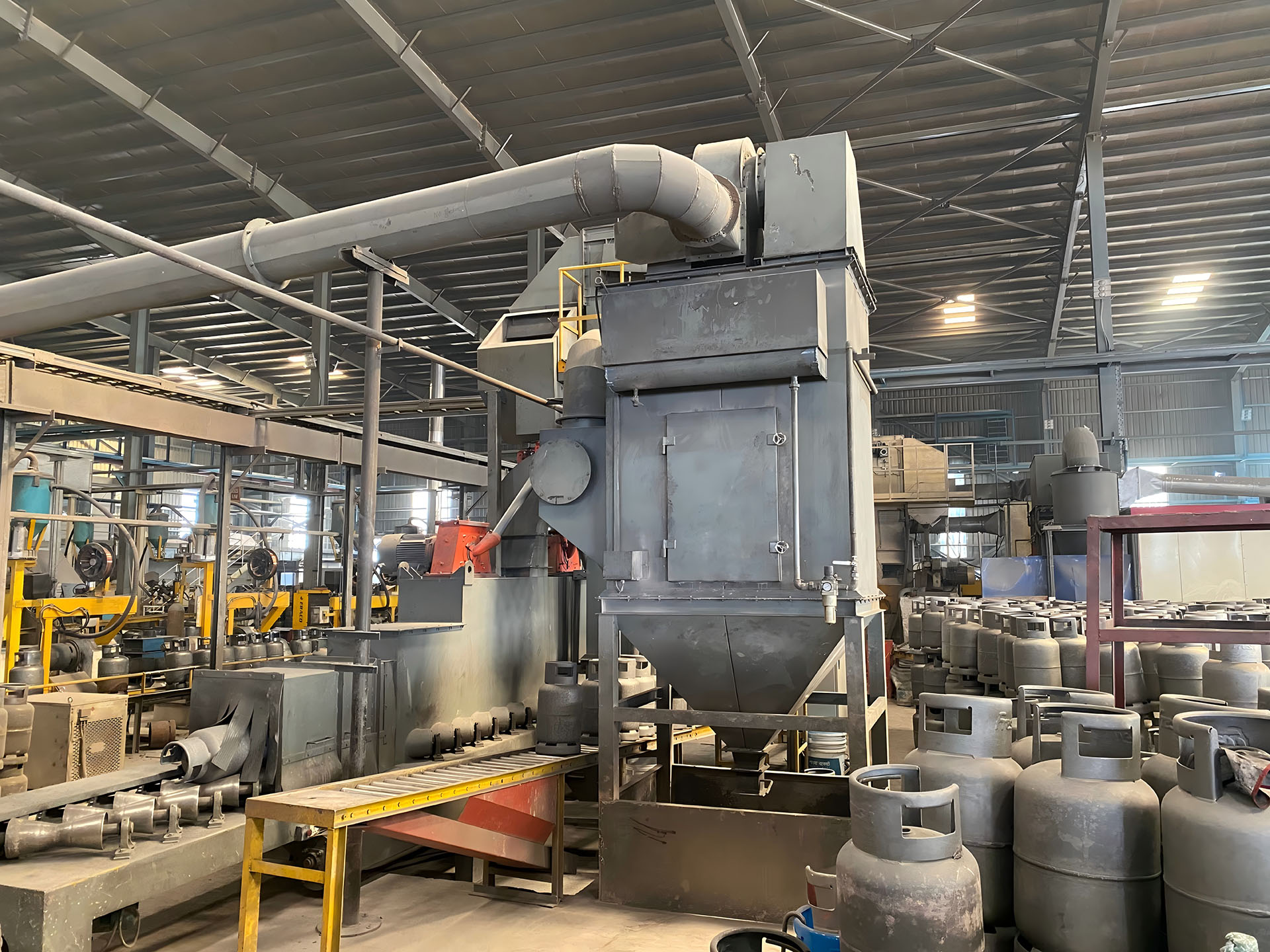
2. Safety: Reduce the risk of dangerous goods production
Fully automated production line
Reduce manual contact with dangerous links:In high-risk processes such as gas cylinder pressure test (need to be filled with high-pressure gas) and air tightness test (involving flammable gas), the equipment automatically performs the operation, and the operator only needs to monitor remotely to avoid accidents such as explosions and leaks.
The mechanical arm welding adopts a closed cabin, with inert gas protection, to reduce the harm of welding smoke and arc to the human body, and reduce occupational health risks by more than 90%.
Intelligent safety monitoring system: real-time monitoring of equipment operating parameters (such as pressure, temperature, current), once an abnormality occurs (such as welding temperature is too high, gas pressure exceeds the standard), the system automatically shuts down and alarms, and the response time is ≤0.5 seconds, which is far faster than the manual reaction speed (about 2~3 seconds).
Semi-automated production line
The safety hazards of manual operation are prominent: for example, manual handling of gas cylinder blanks may cause material damage due to collisions, and failure to protect in time during welding may cause fires. Manual reading errors during pressure resistance testing may lead to missed detection.
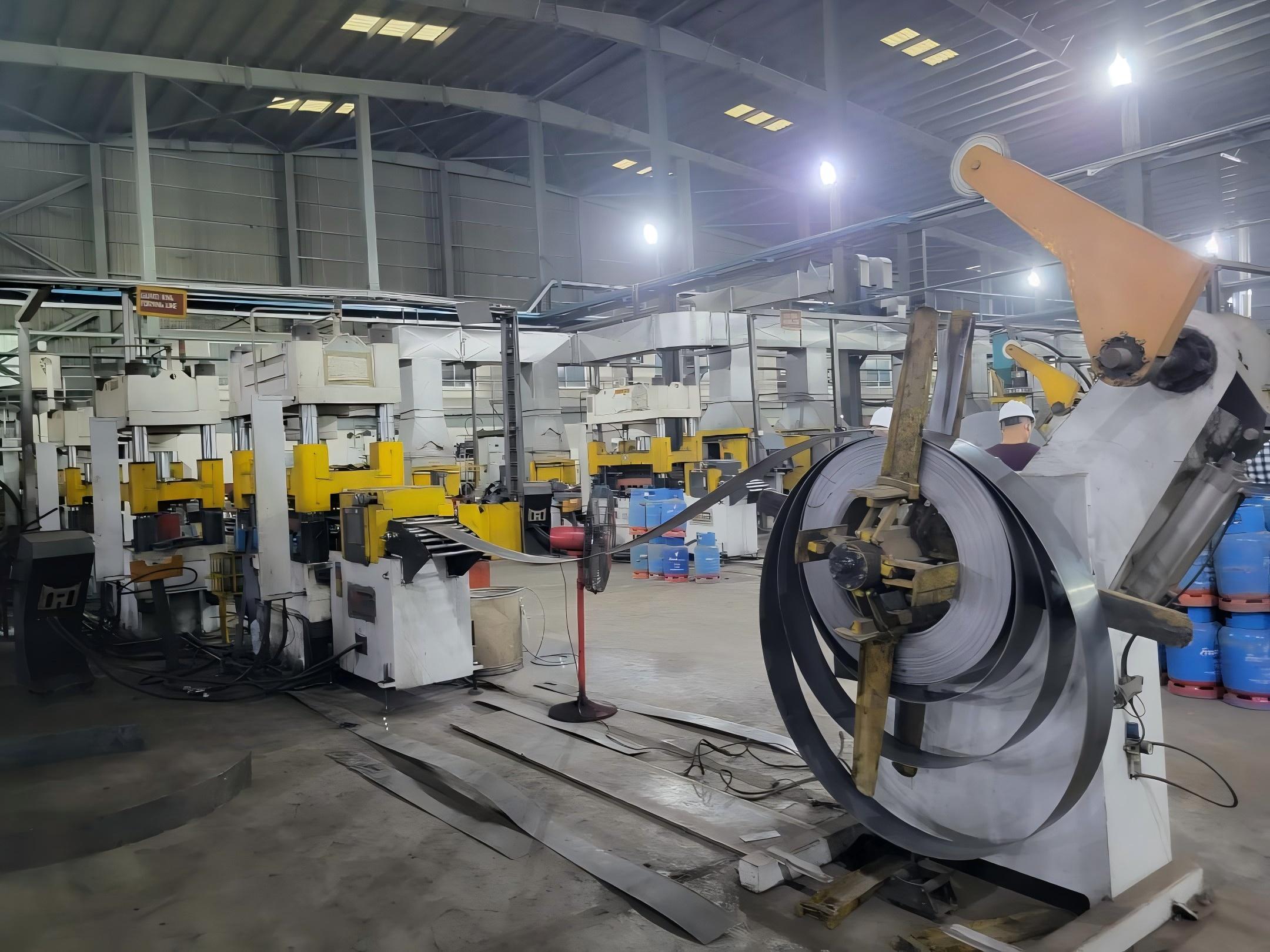
3. Quality control: high precision and consistency guarantee
Fully automated production line
Precise control of process parameters:The welding process uses robot + laser tracking technology, the weld width error is ≤0.1mm, and the penetration uniformity reaches 99%, far exceeding the ±0.5mm error of manual welding;
The coating process uses automatic spraying equipment, the paint film thickness deviation is ≤5μm, and the adhesion test pass rate reaches 100%, avoiding the problems of sagging and leakage of manual spraying.
Full process non-destructive testing: equipped with automated X-ray flaw detectors and ultrasonic thickness gauges, 100% inspection of each gas cylinder, automatic data storage and traceability, real-time elimination of unqualified products, and the defective rate of finished products can be controlled below 0.1% (the defective rate of semi-automated production lines is about 1%~3%).
Semi-automated production line
Quality depends on manual experience: For example, manual visual inspection of welds may miss fine cracks, and manual spraying of paint film thickness is uneven, resulting in inconsistent corrosion resistance of gas cylinders, and potential leakage risks in later use.
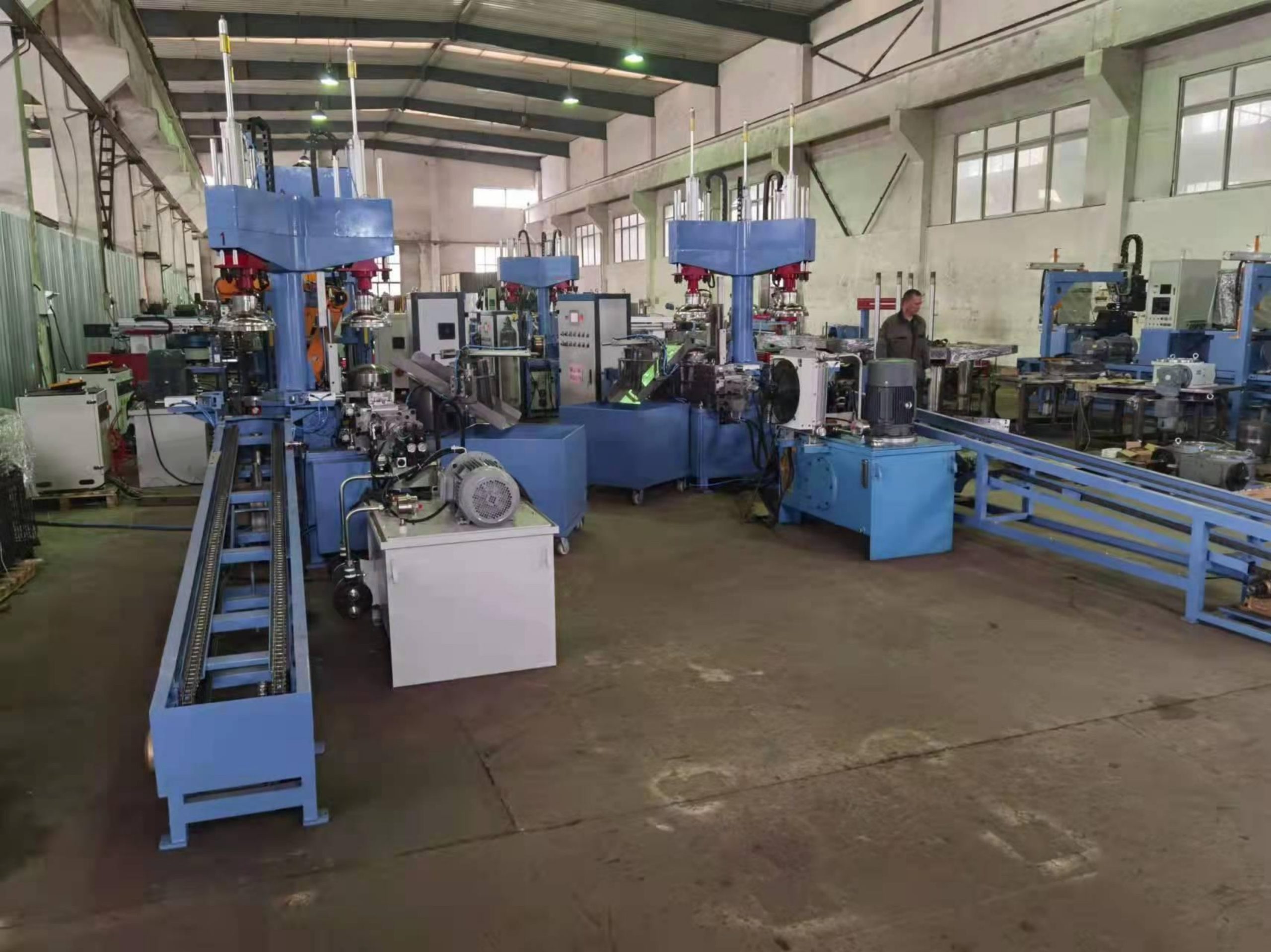
4.Cost control: long-term investment and efficiency return
Fully automated production line
Labor costs are greatly reduced: a fully automated production line only requires 3 to 5 operators (responsible for monitoring and material replacement), which reduces labor costs by 70% to 80% compared to semi-automated production lines (requiring 20 to 30 people). Based on an annual output of 500,000 gas cylinders, the annual labor cost savings are about 2 to 3 million yuan.
Optimization of material loss: The automated unloading equipment uses CNC cutting, and the steel plate utilization rate reaches 92% (semi-automation is about 80%), which can reduce steel waste by 100 to 150 tons per year, equivalent to a cost of 500,000 to 750,000 yuan.
Energy consumption and maintenance costs are controllable: The equipment uses energy-saving motors and intelligent start-stop systems, and the unit energy consumption is reduced by 15% to 20% compared to semi-automation; although the initial equipment investment is high (about 3 to 5 times that of semi-automation), the service life is as long as 10 to 15 years, and the comprehensive depreciation cost is lower than the long-term labor expenditure.
Semi-automated production line
High hidden costs: manual operation leads to high scrap and rework rates, and requires continuous investment in training costs (the turnover rate of skilled workers is about 15%~20%).
5. Intelligent and flexible production: adapt to market changes
Fully automated production line
Data integration and intelligent management: connect ERP through MES (manufacturing execution system), collect production data (such as production capacity, energy consumption, defect rate) in real time, generate visual reports, and support dynamic adjustment of production plans. For example, when the order volume fluctuates, the system can automatically optimize the production rhythm to avoid the waste of production capacity caused by the delay of manual allocation of semi-automatic production lines.
Flexible production capacity: through modular design, new processes can be quickly integrated (such as adding smart valves and QR code labels) to adapt to the market demand for intelligent upgrades of gas cylinders (such as IoT gas cylinder traceability), while the transformation of semi-automatic production lines is difficult and has a long cycle.
Semi-automated production line
Difficult to adapt to small-batch production of multiple varieties: changeovers are time-consuming and labor-intensive, not suitable for customized orders, and slow to respond to the market.
6. Compliance and environmental protection: standardization and green production
Fully automated production line
Meet stringent industry standards: such as meeting DOT, ISO, “Liquefied Petroleum Gas Cylinders” (GB 5842), TSG 23-2021 and other regulatory requirements, automated detection data can be directly connected to regulatory authorities to avoid compliance risks caused by manual recording errors.
Environmental emissions are controllable: welding fumes are treated by a centralized purification system, with an emission concentration of ≤10mg/m³ (national standard ≤30mg/m³); automated electrostatic spraying is used in the painting process, and VOCs volatilization is reduced by 60%, which meets environmental protection policy requirements.
Semi-automated production line
Environmental treatment is difficult: manual operation leads to unstable pollutant emissions, which may face the risk of environmental penalties.
E-mail: [email protected]
WhatsApp: +86 18811997342
Sales Engineer: Bruce Van

